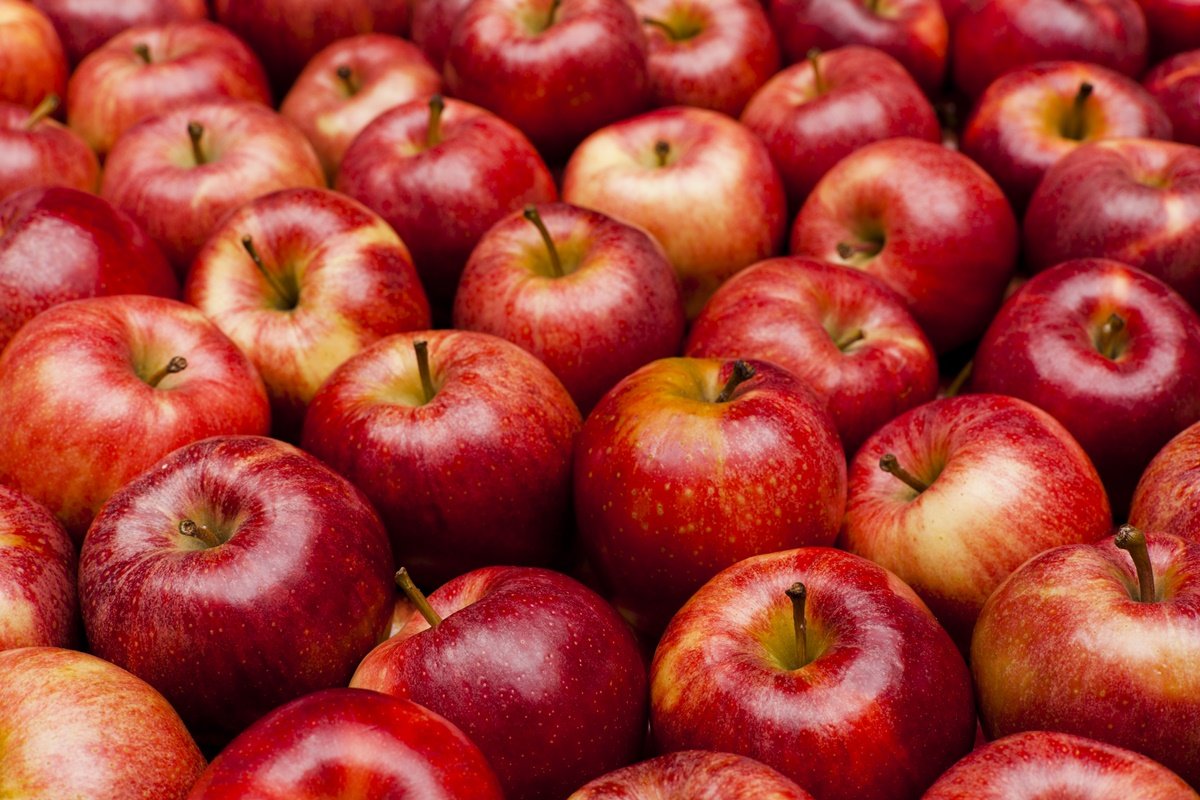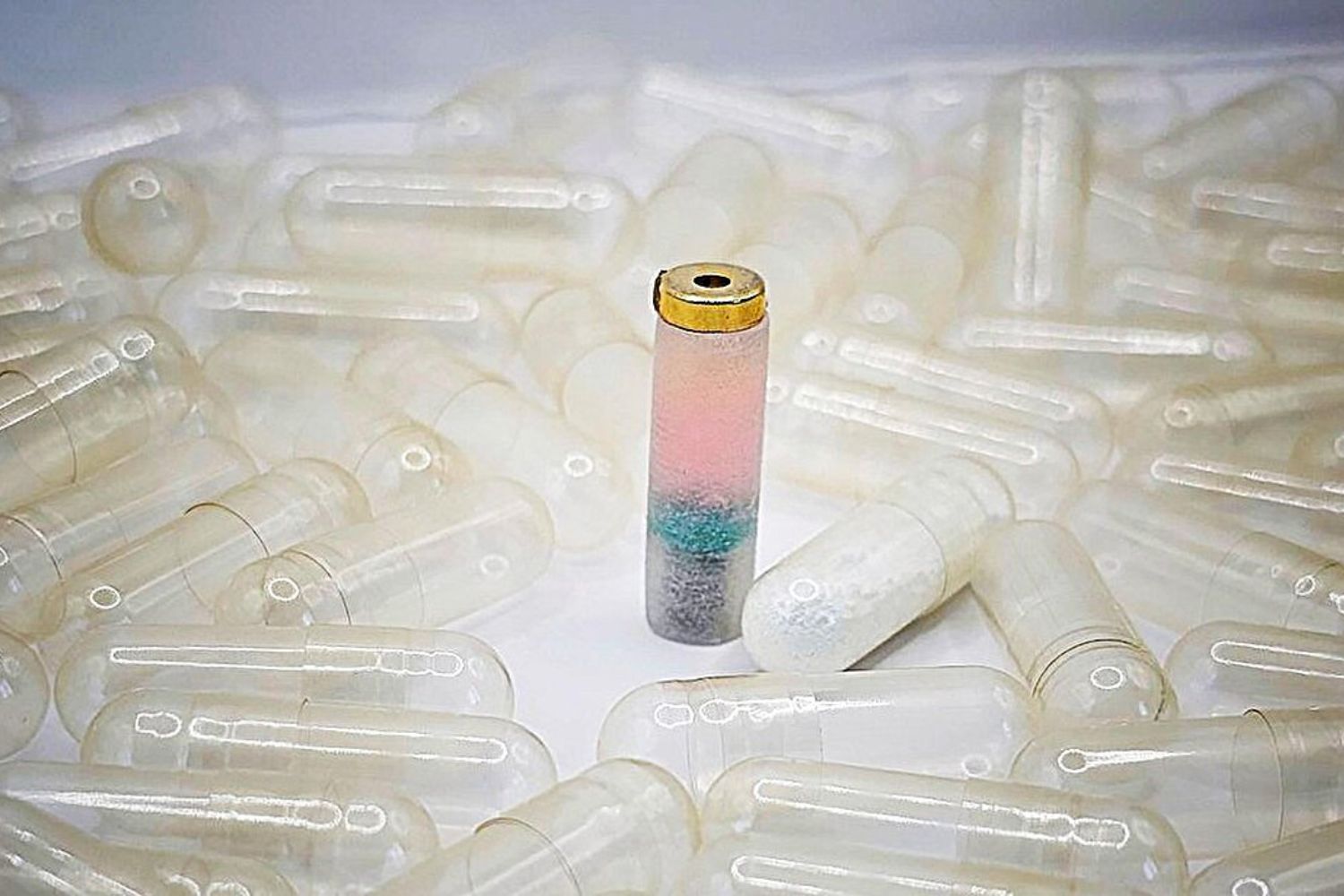Researchers from the University of São Paulo (USP) have succeeded in creating an electrochemical sensor that allows real-time detection of pesticides in fruits and vegetables, using a chemically treated kraft paper and three electrodes. Connected to an electronic device, the sensor identifies the presence and amount of carbendazyme with a simple contact.
Carbendazim is used in Brazil by Anvisa (National Health Surveillance Agency) RDC No. 8 August 2022. It is a broad spectrum fungicide banned with 739. Despite this, it continues to be used. The venom produces “significant toxicity,” “potential to harm health,” and “causes mutations in human reproductive cells,” according to the regulatory agency.
Detection of this pesticide, which today requires time-consuming chemical processes, can be simplified with the use of wearable sensors “as we have developed for continuous monitoring of pesticide concentration in the agriculture and food industry”. to Professor Agência FAPESP of the São Carlos Institute of Physics, Osvaldo Novais de Oliveira Junior, one of the authors of the study.
How does a carbendazim electrochemical detector work?
According to José Luiz Bott Neto, postdoctoral researcher and corresponding author of the paper, the new device transforms into a kraft paper substrate (chosen for its porous structure) modified with carbon ink and electrochemically treated in an acid environment to do the sensing. active acid COOH carboxylic groups, adding oxygen atoms to the structure of the carbon electrode.
“When it comes into contact with a sample contaminated with carbendazim, the sensor induces an electrochemical oxidation reaction that allows the fungicide to be detected. Thus, the amount of carbendazyme is measured by electric current,” Bott Neto explains to Agência. FAPESP is the São Paulo research promotion agency that supported the work through three projects.
published in the magazine Food Chemistry, the study also sought to understand the issue of properties of paper in its manufacture. According to the paper’s first author, postdoctoral researcher Thiago Serafim Martins, the material’s machinability “expands its use in a variety of fields, not just the agriculture or food sector but also other fields such as healthcare, for example.”
Source: Tec Mundo
I’m Blaine Morgan, an experienced journalist and writer with over 8 years of experience in the tech industry. My expertise lies in writing about technology news and trends, covering everything from cutting-edge gadgets to emerging software developments. I’ve written for several leading publications including Gadget Onus where I am an author.












